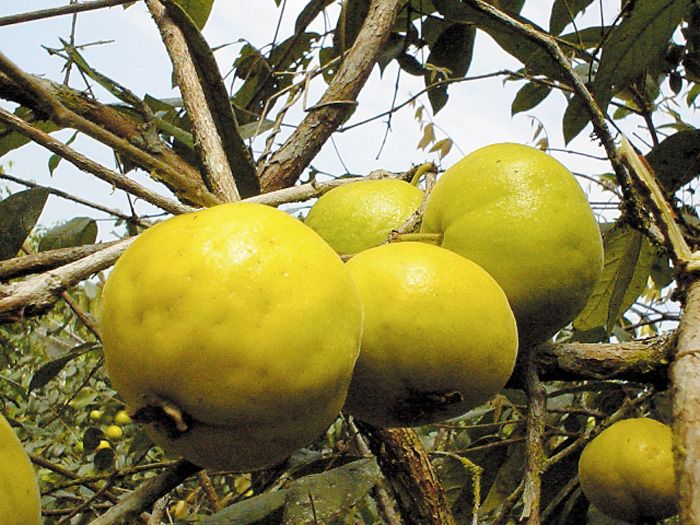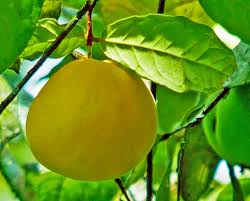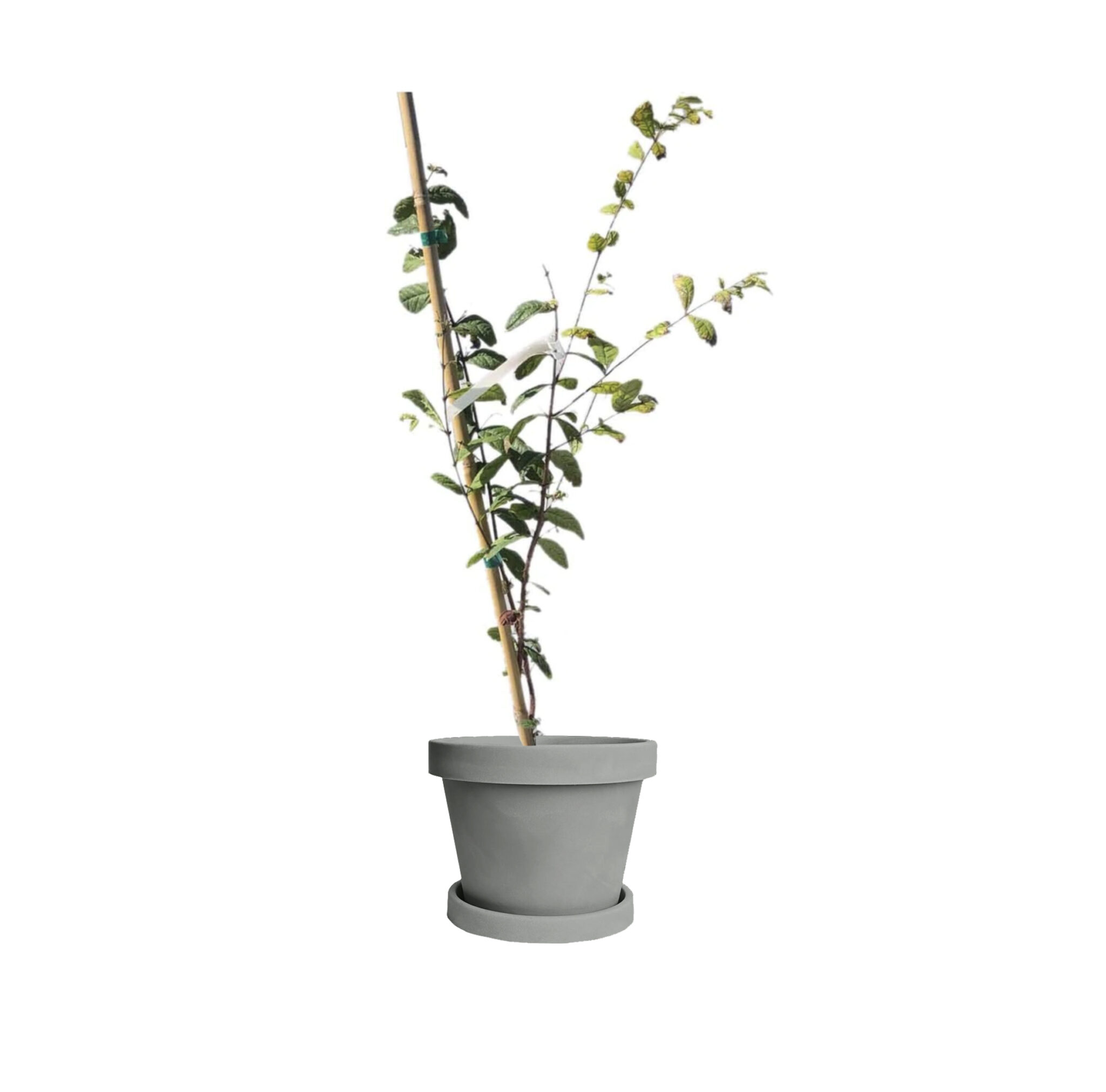Description
The Araza tree, or Eugenia stipitata, is a fast-growing tropical fruit native to the Amazon Forest and related to the guava tree. They can be found in the countries of Brazil, Colombia, and Ecuador. They are native to South America, rare to find, and aren’t usually exported outside the continent.
The trees are small, as they only reach about 3 to 15 meters tall, and they produce many round fruits at a time that hang heavy on their branches. The Araza fruit is about the size of a tennis ball and is either green or yellow in color. In the middle of summer, the beautiful white flowers begin to bloom and will eventually bear fruit in the fall.
Even though the fruit is quite sour, it has many different uses because of its fragrant flavor and smooth texture. Some of the key nutrients in the Araza fruit are Vitamin A, Vitamin B, protein, fiber, and potassium.
The Araza tree is best suited for USDA hardiness zones 10 through 11. Most of the time, it grows in tropical regions that are hot and moist.
Araza Tree Care
Araza plants need to receive at least 6 to 8 hours of light and should be kept in full sun. Initially, it can be grown in a large pot with moist and nutritious dirt. After it has matured for a few years, you can plant it in the ground with about 10 to 20 feet of space around it.
To prune an Araza tree, simply thin out the weak and small branches. Be sure to prune small branches that reside next to where flowers and fruit will grow as well. If possible, you can prune the tree’s center to create a circular formation. This helps to distribute the sunlight and air equally across the branches, and you should do this once a year while the tree is still young.
To propagate the Araza tree, you must germinate the seeds. The seeds will have the best germination rate when extracted from fully ripened Araza fruits. Plant the germinating seeds about 2 cm apart, and use moist dirt or softwood as a seedbed.
Araza Tree Fruit and Harvesting
A harvest for the Araza tree occurs about every 84 days. This means that there will be around 4 harvests per year. Typically, harvesting is done in the rainy season of the Amazon forest, between September and April.
You can use the Araza fruit in many different ways. This includes juices, nectars, marmalades, ice creams, and culinary dishes. When the fruit is ripe, it will have a bright green or yellow color. It will be slightly softened, and very sour. In fact, the Araza fruit has a pH of 2.4, while a lemon has a pH of 2.0. It can still be ripe, even though it is extremely tart.
To harvest the fruit, twist it upward and at an angle to avoid damaging the branches or the fruit. You can also cut it off of the tree with a sterile and sharp object. It is important to harvest the fruit correctly because of how soft and fragile it is when it is ripe.
Once the Araza fruit has been harvested, you can store it for about 3 days at room temperature or 1 week in the refrigerator. In the freezer, you can keep it for months on end.
Araza Tree Advice
Araza trees should be planted in nutrient-dense soil, especially while they are just beginning to grow from seeds. This soil should be slightly acidic or neutral, but it can adapt to other soils as they mature. Manure fertilizers can also be used monthly to strengthen the plants.
Too much water will make the soil too wet, and this will quickly cause root rot, which can damage or kill the Araza tree. For this reason, the plants only need to be watered moderately, or about 1 to 2 times per week.
You should plant Araza trees in tropical environments that have high humidity and extremely rainy seasons. They are not tolerant of freezes or cold temperatures, and they may need to be taken inside if temperatures reach below 40 degrees Fahrenheit.
Araza trees are susceptible to pests that will damage the structure of the plant, and they can carry diseases that can kill the tree. Fruit flies, black bees, and weevils are common pests that harm the Araza plants by eating new buds, leaves, flowers, and fruit while it is in all stages of life. Use a natural insecticide to remove and regularly inspect the plant for signs of infection.
FAQs
What is the lifespan of an Araza tree?The Araza tree has a lifespan of about 20 to 30 years. Of course, this depends on the tree’s location and how well taken care of the tree has been over the years.
How long does it take for the Araza tree to bear fruit? Since the Araza tree is fast-growing, it does not take long to bloom flowers and produce fruit. Within the first 2 to 3 years of growth, the tree will begin to bear fruit.
Is the Araza tree high maintenance? The Araza tree has about middle-range maintenance. This is because of its need for a tropical climate with high temperatures and humidity. On the other hand, the plant can adapt to many different kinds of soils and survive without fertilizer. They also have a bit of drought tolerance.
Can Araza trees tolerate cold?Araza trees are especially cold-sensitive, and they do not tolerate freezing temperatures well. This is because they are native to the Amazon forest, which practically never reaches freezing or cold temperatures.




What others are saying
There are no contributions yet.